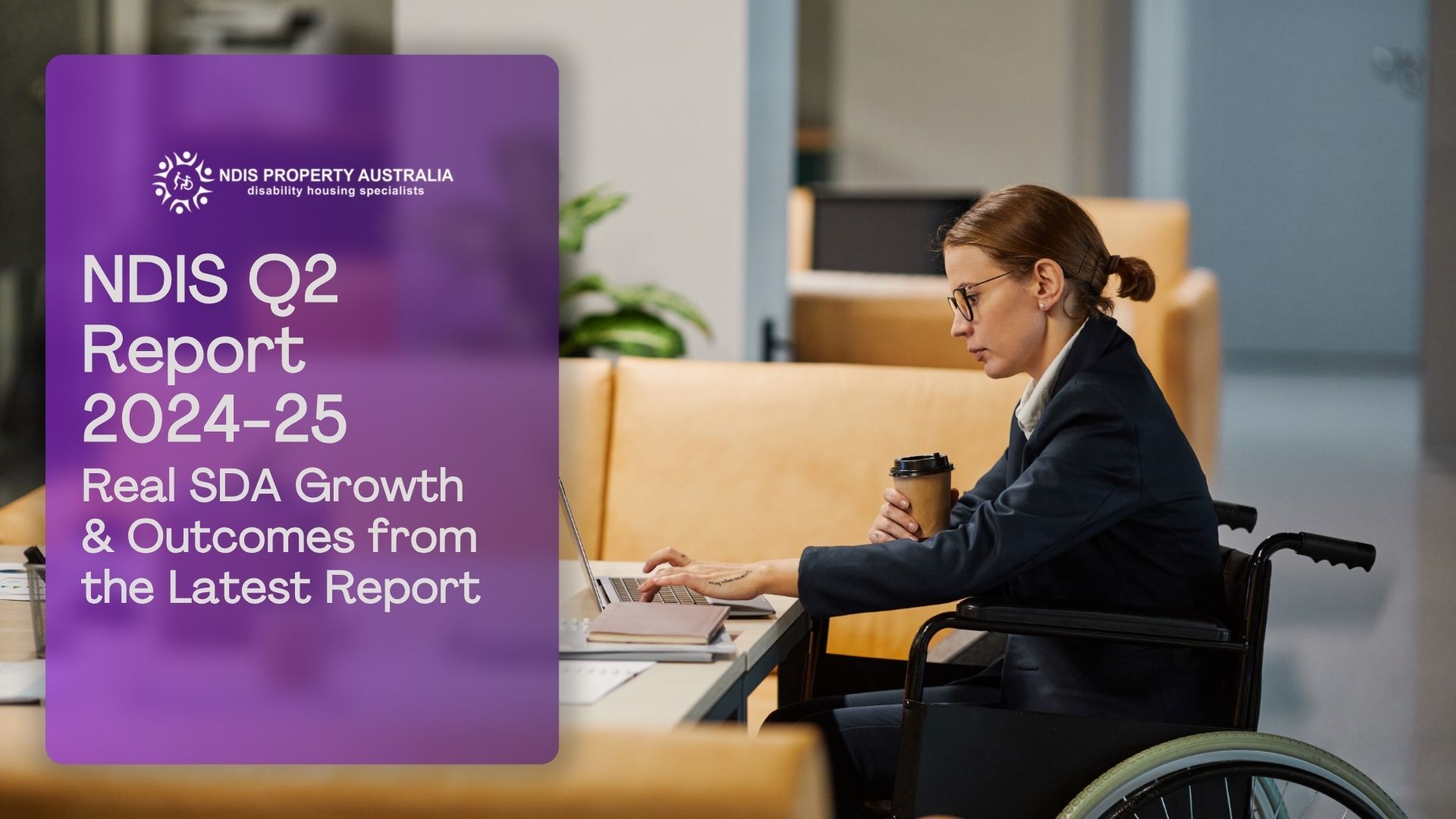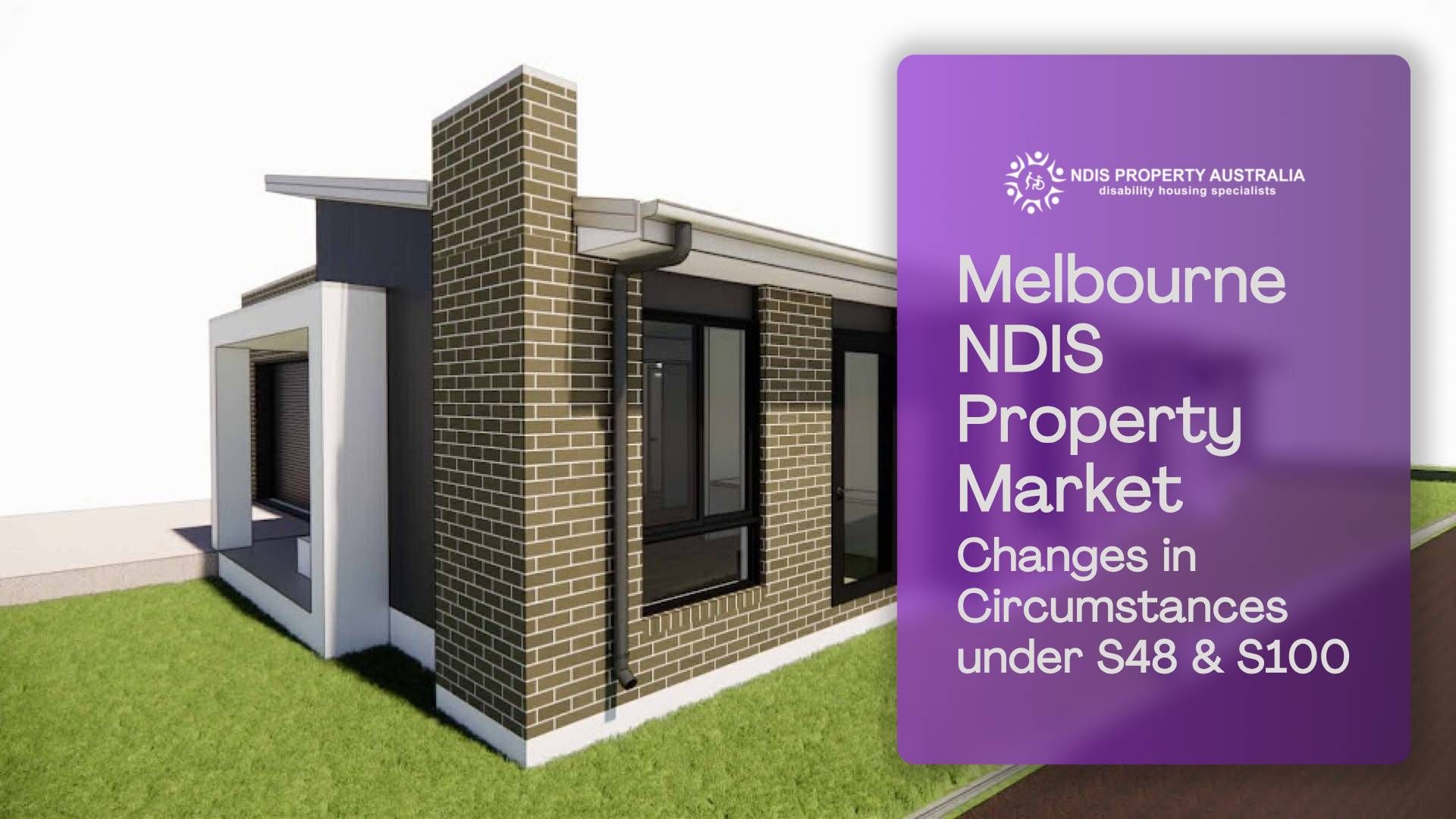What is Supported Independent Living (SIL)?
The NDIS provides support through the Supported Independent Living (SIL) program. This program provides funding for individuals with disabilities to receive assistance or guidance with day-to-day tasks to enable them to live as independently as possible.
People living in a shared home who need 24/7 support are typically eligible for SIL funding. The purpose of the funding is to cover the cost of the support staff. The National Disability Insurance Scheme (NDIS) states that SIL is the best option for participants who are older than 18 years and have substantial daily support requirements.
If you're an NDIS participant looking for more independence, Supported Independent Living (SIL) could be an option. But what exactly does it cover? Who qualifies? And how do you apply? In this guide, we break it all down so you can decide if SIL is right for you.
What services are provided through Supported Independent Living funding?
There are three levels of supported independent living, depending on how many people are included and the type of support required:
List of Services
-
Lower Need LevelList Item 1
People in lower care levels do not receive 24/7 supervision and support with their living arrangements.
-
Standard needs levelList Item 2
An individual with standard needs requires 24/7 support and assistance or supervision of most daily tasks and overnight sleepovers.
-
Higher needs levelList Item 3
More intense help with managing difficult behaviour and assisting with all daily activities is needed, in addition to continuous service with complex medical needs such as ventilating and active support 24/7, including overnight assistance.
\People living in SIL housing depend on the government and their families for support in order to remain healthy and in their homes as long as possible. The following services are covered by Supported Independent Living funding:
- Care with monitoring, protection, and security.
- Assistance with financial management and household budgeting.
- Personal care assistance (such as showering and dressing ).
- Assistance with meal preparation and cooking, cleaning and laundry assistance
- Routine development assistance
- Supporting medication administration and medical appointments.
- Community access (for example, assistance with completing personal tasks) for planning and travelling to social activities, as well as for catching public transportation to visit family and friends.
Who is Eligible for SIL?
To access SIL under the NDIS, you must meet specific eligibility criteria:
✅ You are an NDIS participant with a funded plan.
✅ You require 24/7 support or regular assistance to live independently.
✅ You have been assessed as needing SIL through an NDIS Functional Capacity Assessment.
✅ You may live alone or in a shared setting, depending on your plan.
Not sure if you qualify? SIL funding is based on individual needs and goals, so eligibility is determined through an NDIS assessment.
What are the distinctions between Supported Independent Living (SIL) and Specialist Disability Accommodation (SDA)?
It can be hard to understand, especially since they both seem to refer to the same thing. Essentially, Supported Independent Living refers to the money for support services, while
Specialist Disability Accommodation
refers to the housing in which those services are provided. Generally, anyone with SDA funding will also have SIL funding, but someone with SIL funding will not necessarily have SDA funding.
SIL Funding Covers:
✔ Support workers to assist with daily tasks
✔ Personal care (hygiene, medication management)
✔ Help with cooking, cleaning, and transport
✔ Assistance with social and community activities
SIL Funding Does NOT Cover:
❌ Rent, mortgage, or accommodation costs
❌ Food, groceries, and personal expenses
❌ Utility bills (electricity, water, internet)
Specialist Disability Accommodation (SDA):
The NDIS supports people with significant disabilities by providing them with a house that has been modified to suit their specific requirements. SDA funding is approved when someone has an extreme functional impairment and/or very high support needs. It is essential to recognise that only a small percentage of
NDIS participants (roughly 6 per cent) will qualify for
SDA funding in their plan.
It ensures that these people are able to live in an environment that allows them to live with as much independence, choice and control as their disability allows. Living in an SDA home also allows for SIL care to be provided in a cost-effective and more efficient manner.
Supported Independent Living (SIL):
In-home support to assist with daily living tasks. SIL focuses on providing essential day-to-day care as well as developing participants' skills so that they can live as independently as possible.
How to get Supported Independent Living (SIL) funding?
Your NDIS planner must deem SIL funding to be both reasonable and necessary in order for you to receive it. You must present your case to your planner during your planning meeting.
The more prepared you are, the better your chances of receiving SIL funding. When going into your meeting, remember that the NDIS Planner does not know you. They will only know what you tell them. You will need to express how urgent or pressing your need is and how it will improve your life and allow you to meet your goals.
How to Apply for SIL Funding: A Step-by-Step Guide
Applying for Supported Independent Living (SIL) funding doesn’t have to be complicated. Follow these simple steps to get started:
- Get an NDIS Functional Assessment
Speak with your NDIS planner or support coordinator to arrange a Functional Capacity Assessment. This assessment determines your daily support needs. - Work with a SIL Provider
Find an NDIS-registered SIL provider to discuss your housing and support options. Review shared housing arrangements and the services available to suit your needs. - Submit a SIL Quote to the NDIS
Your SIL provider will prepare a SIL Roster of Care, detailing the support you require. This will then be submitted to the NDIS for approval. - Receive SIL Approval and Move In
Once the funding is approved, you can move into your SIL arrangement. Your support workers will assist with daily living, ensuring the care is tailored to your needs.




